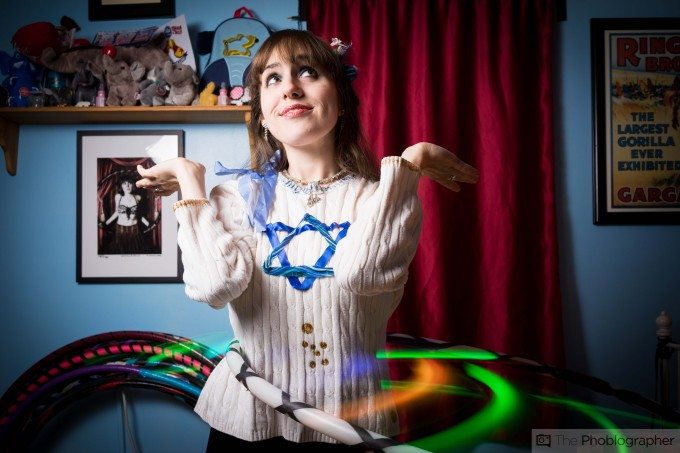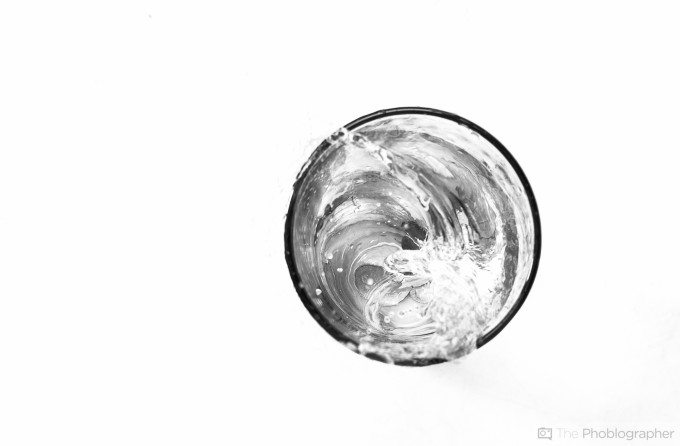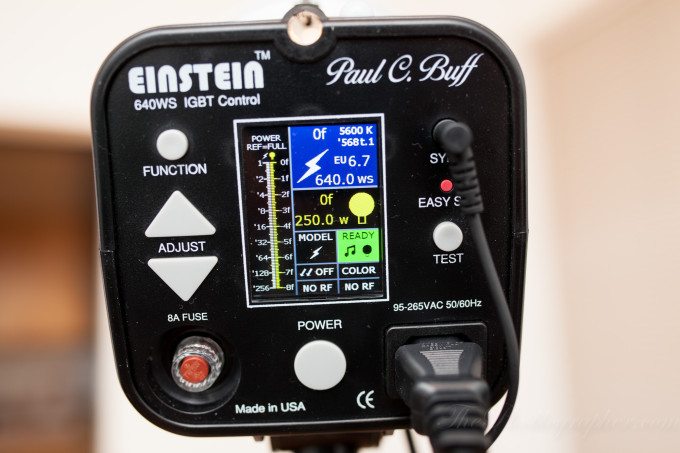High Speed flash photography is one of the funnest things that you can do to creatively capture motion that otherwise isn’t very visible to the human eye. We’re talking about split second moments that otherwise can be even tough to capture for standard cameras. In a way though, high speed flash capabilities can make most ordinary cameras much more capable.
Here’s a quick introduction to high speed flash photography.
The Parameters of a High Speed Flash Exposure
To begin with high speed flash photography, you’ll first need to nail down a couple of key terms and understand how they relate to one another and can combine to create the photo that you want. For the most part, they’re the very basics of exposure, which you can learn about here in under 10 minutes. But these rules tend to change a bit when it comes to working with flashes.
Shutter speed: the shutter speed on your camera tends to be about controlling the amount of ambient light in the image overall.
Aperture/F-Stop: this controls the amount of light from the flash that actually hits the image, as well as depth of field
ISO: controls the overall sensitivity to the scene
Flash exposure: this is all determined by how much power the flash is outputting. Sometimes you can’t control it very much, like in the case of shooting with TTL lighting.
These are the four basic elements to creating an image with a flash included, but in this case there is another parameter: flash duration. The flash duration is what essentially stops the fast movement in the frame.
It’s About Flash Duration

What is flash duration? The flash duration is just how quick the flash fires. Luckily, it’s simple enough to figure out and works like shutter speeds. Shutter speeds work in fractions of a second, and so do flash durations. For what it’s worth, studio strobes and monolights tend to have a faster flash duration than hot shoe flashes. It’s important to check this tech spec on the light that you’re getting.
In situations where flash is added into the scene, the shutter speed controls movement capture and ambient light while the flash duration stops the fast moving subject. Theoretically, it can allow a photographer to handhold a camera and shoot for an entire two seconds or so because the flash will stop the fast moving motion. In fact, we were able to create the opening image in this article by shooting at longer than two seconds–but the fast flash duration helped quite a bit.
In the image above, we used it with the second curtain flash method.
Getting Creative
When it comes to applying this creatively, there are a whole host of options that you can do. Many photographers try to capture eggs cracking, bullets travelling, liquid splashing, etc. Using the TriggerTrap flash adapter is one simple way to get these types of images done, but then again there are much more complicated setups like the Milky Pinups and Liquid Heroes projects.




